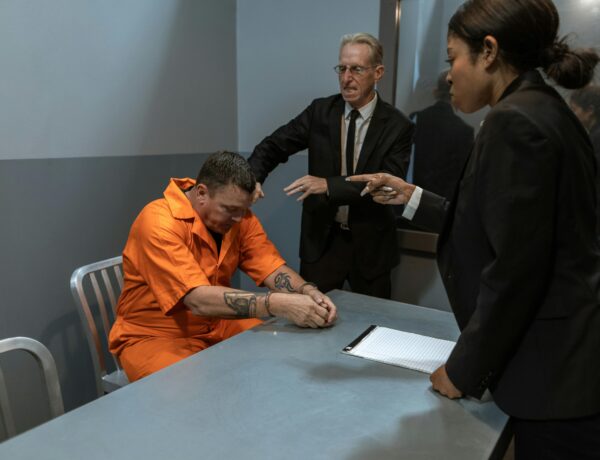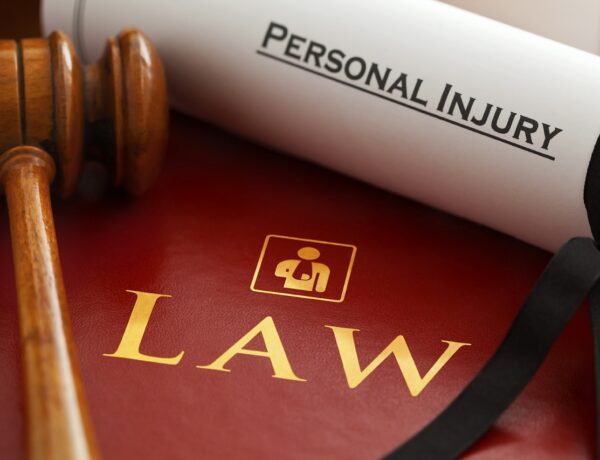Physical Therapies After a Car Accident
Car accidents can lead to a myriad of physical and emotional challenges. While the immediate aftermath often focuses on addressing acute injuries, the long-term rehabilitation process is equally critical. Physical therapy, in its various forms, plays a pivotal role in helping individuals regain strength, flexibility, and balance after a traumatic vehicular incident. By incorporating physical therapy billing units, you can ensure a smoother experience for both the patients and the clinic, allowing them to focus on the most important aspect—the rehabilitation and well-being of the individuals involved. This article delves into some of the most effective physical therapies, including chiropractic care and yoga, to aid in recovery after a car accident.
-
Physical Therapy
The primary goal of physical therapy is to restore normal function, reduce pain, and prevent disability following injuries. After a car accident, a physical therapist will conduct a comprehensive assessment to determine the extent of injuries and devise a tailored rehabilitation plan. Some of the interventions include:
- Manual Therapy: Techniques such as massage, mobilizations, and manipulations to improve joint and soft tissue mobility.
- Exercise Programs: Customized exercises to strengthen muscles, improve flexibility, and enhance coordination.
- Pain Management: Modalities like ultrasound, electrical stimulation, and hot/cold packs to alleviate pain.
-
Chiropractic Care
Chiropractic care focuses on the diagnosis and treatment of musculoskeletal disorders, particularly those involving the spine. After a car accident, individuals often suffer from spinal misalignments, which can lead to pain and restricted movement.
- Spinal Adjustments: Chiropractors use controlled force to adjust misaligned vertebrae. This not only alleviates pain but also improves the overall function of the spine.
- Soft Tissue Therapy: Techniques to address muscle tension, reduce inflammation, and promote healing.
- Posture Correction: Guidance on maintaining proper posture to prevent further spinal issues.
-
Yoga
Yoga, an ancient practice rooted in Indian philosophy, offers a holistic approach to healing. Incorporating yoga into post-accident rehabilitation can provide both physical and mental benefits.
- Flexibility and Strength: Asanas, or yoga poses, help in stretching tight muscles and strengthening weakened ones. For instance, the “Child’s Pose” can relieve back pain, while the “Warrior Pose” strengthens the legs.
- Breath Control: Pranayama, the art of breath control in yoga, can be instrumental in managing pain and reducing anxiety.
- Mindfulness and Relaxation: Meditation and relaxation techniques in yoga help in managing the psychological trauma post-accident. It fosters a sense of calm and aids in emotional healing.
-
Aquatic Therapy
 Water provides a unique medium for rehabilitation. The buoyancy reduces the weight on injured joints and muscles, allowing for easier movement. Some benefits of aquatic therapy include:
Water provides a unique medium for rehabilitation. The buoyancy reduces the weight on injured joints and muscles, allowing for easier movement. Some benefits of aquatic therapy include:
- Resistance Training: Water resistance can be used to strengthen muscles without the need for weights.
- Pain Relief: The warm water temperature can soothe sore muscles and reduce pain.
- Improved Mobility: The buoyant environment enables a wider range of motion, facilitating better movement exercises.
-
Massage Therapy
Massage therapy can be a vital component of post-accident rehabilitation. It aids in:
- Muscle Relaxation: Relieving muscle tension and spasms that often occur after trauma.
- Increased Circulation: Promoting blood flow to injured areas, facilitating faster healing.
- Stress Reduction: The soothing nature of massage can help in reducing the psychological stress associated with accidents.
-
Occupational Therapy
While physical therapy focuses on overall physical recovery, occupational therapy (OT) aims at helping individuals regain the ability to perform daily activities. OT interventions might include:
- Adaptive Techniques: Teaching new ways to perform tasks that have become difficult due to injuries.
- Ergonomic Assessments: Providing guidance on creating an environment (home or work) that supports recovery and prevents further injury.
The aftermath of a car accident is not just about healing the immediate injuries but embarking on a comprehensive journey towards full recovery. This process is layered, starting with urgent medical interventions that address the immediate physical traumas and wounds. However, as the initial concerns begin to subside, the long-term rehabilitation process takes center stage. This is where the significance of various physical therapies comes into play, each designed to cater to different aspects of the body’s healing process.
Chiropractic care, for instance, offers a hands-on approach, targeting musculoskeletal issues and ensuring the spine’s optimal functionality. On the other hand, yoga provides a more holistic healing approach, integrating both the mind and body to achieve overall wellness. Additionally, traditional physical therapy offers structured regimens tailored to individual needs, focusing on strength, flexibility, and mobility. When individuals equip themselves with knowledge about these therapies and actively incorporate them into their recovery plan, they pave a smoother path towards regaining their health and overall well-being.
Read more legal articles at ClichéMag.com
Images provided by Deposit Photos, BingAI, Adobe Stock, Unsplash, Pexels, Pixabay & Creative Commons




